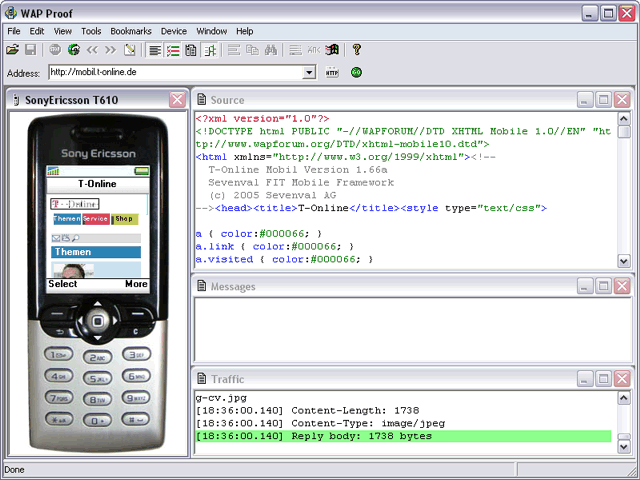 |
| Voiceover Internet Protocol. |
Voiceover Internet Protocol (VoIP) takes analogue signals and converts them into digital signals so they can be sent over the Internet. This can be very useful in the sense that calls are free and are not in connection with any phone company. This comes also with other not so obvious advantages...
It can be used well in business if clients or members of a team are dispersed around a large area, they can talk over the Internet with video conferencing also. Also, VoIP can be used to enhance relationships with customers, but as well as uses for business, the protocol can be used for domestic use too.
Although some problems with VoIP can be line connection, without a half decent connection its reliability goes down. As for other users there are other means of technology that mean the user can complete the same task, possibly in a way they are more familiar with.
Currently in the UK, BT is a company which is investing in VoIP service but users do have to pay a monthly fee for it. It can be available for users who buy their routers. Other services such as Skype are free if you are calling to another Skype user. This uses video as well as audio in calling, it can be used for video conferencing also. (Users connect and can chat to each other for business or domestic use.)













